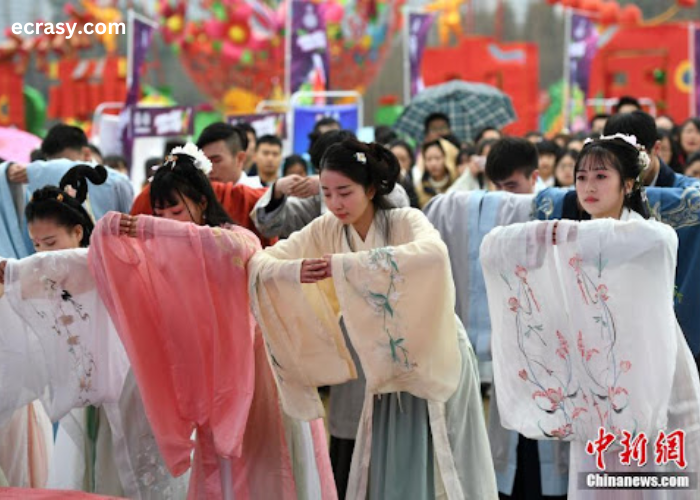Hentai, a genre of Japanese anime and manga that contains explicit sexual content, has undergone significant evolution since its inception. Its impact on modern media is profound, influencing not only the anime and manga industries but also various facets of global pop culture and digital entertainment. This article explores the historical development of hentai, its cultural implications, and its influence on contemporary media. Explore a wide range of high-quality hentai content on Hentai3z. Enjoy the best in adult anime entertainment on our website today!
Historical Development
The origins of hentai can be traced back to Japanese erotic art, particularly shunga (erotic woodblock prints) from the Edo period (1603-1868). These early artworks depicted explicit scenes and were popular among various social classes. With the advent of modern printing techniques in the late 19th and early 20th centuries, erotic content became more accessible, leading to the emergence of erotic manga and later, animated forms of hentai.
The term “hentai” itself, which means “perverse” or “metamorphosis” in Japanese, became associated with sexually explicit anime and manga in the 1980s. This era marked the beginning of hentai as a distinct genre, characterized by exaggerated sexual themes and unique artistic styles. The rise of home video technology in the 1980s and 1990s further propelled the popularity of hentai, making it more accessible to a wider audience.
Cultural Implications
Hentai reflects and challenges various aspects of Japanese culture and societal norms. It often explores themes of fantasy, power dynamics, and taboo subjects, providing an outlet for exploring sexual identity and expression in a relatively conservative society. Hentai’s content ranges from consensual romantic encounters to more controversial themes, sparking debates about censorship, morality, and the psychological impact of consuming such material.
In Japan, hentai occupies a complex space within the broader landscape of adult entertainment. It is both criticized for its often graphic and problematic content and appreciated for its artistic creativity and narrative diversity. The genre’s ability to push boundaries and provoke discussion is a testament to its cultural significance.
Impact on Modern Media
Hentai’s influence extends beyond its immediate genre, impacting various aspects of modern media and entertainment. Its distinct visual style and narrative techniques have been incorporated into mainstream anime and manga, blurring the lines between adult content and general entertainment. For instance, many popular anime series feature fan service, a term for content designed to titillate the audience, which can trace its roots to hentai aesthetics.
Moreover, the rise of the internet and digital platforms has globalized hentai, making it accessible to audiences worldwide. This globalization has led to a growing interest in and acceptance of hentai-inspired content in Western media. The proliferation of hentai on websites, forums, and social media has fostered a subculture that appreciates its unique blend of fantasy, humor, and eroticism.
Hentai has also influenced the video game industry, particularly in the development of adult visual novels and dating simulators. These games often feature complex storylines and character development, drawing from the narrative depth found in hentai manga and anime. The popularity of such games highlights the genre’s broader appeal and its ability to innovate within the digital entertainment space.
Controversies and Criticisms
Despite its popularity and influence, hentai remains controversial. Critics argue that it can perpetuate harmful stereotypes, objectify individuals, and normalize problematic behavior. Concerns about the impact of consuming explicit content on mental health and relationships are also prevalent. In response, there have been calls for stricter regulation and more ethical production practices within the industry.
Proponents, however, contend that hentai can be a form of artistic expression and a means of exploring sexuality in a safe, fictional context. They argue that, like any genre, hentai encompasses a wide range of content, from the artistic and thought-provoking to the purely pornographic, and should be evaluated on a case-by-case basis.
Conclusion
The evolution and impact of hentai in modern media are undeniable. From its historical roots in Japanese erotic art to its current status as a global phenomenon, hentai continues to shape and challenge cultural and societal norms. Its influence on anime, manga, and digital entertainment underscores its significance as both an artistic genre and a cultural force. As hentai continues to evolve, it will likely remain a topic of both intrigue and controversy, reflecting the complexities of human sexuality and creative expression.
